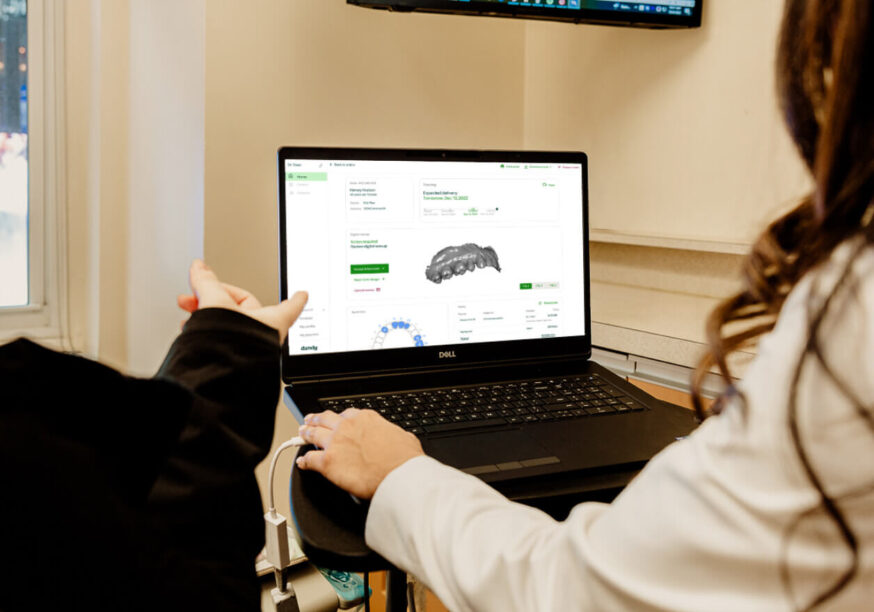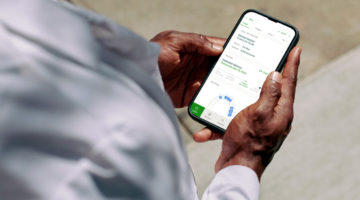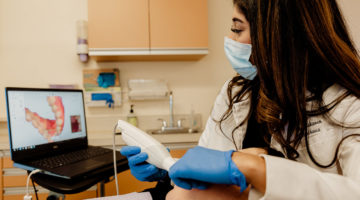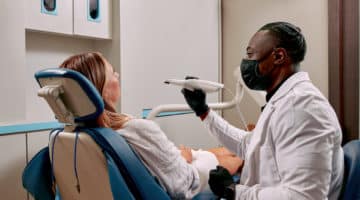In many ways, the dream of the future hasn’t exactly come true. We aren’t driving around in flying cars with cheery robots whirring around making our beds or living in floating cities in space.
But there’s no doubt we are living in a digital world. Technology continues to evolve at a breakneck pace; bringing speed, efficiency, and ease to nearly everything we do. And dentistry is no exception. In recent years, the field of dental care has gone through an incredible transformation, allowing practices to spend less time and money fussing with analog tools and more time on their patients.
Digital Dentistry has arrived and it’s here to stay. Over 50% of dental practices have already gone digital and 25% are on their way.
But, what does digital dentistry really mean? And how can it work for your practice?
Let’s start with the basics.
What is Digital Dentistry?
Digital dentistry is an expansive term for all technologies and devices utilizing software, hardware, or other computational components to examine, diagnose, and treat patients, more quickly and effectively than the mechanical or electrical options previously available. This rise in advanced digital technology has enhanced dental procedures’ efficiency and accuracy, bringing with it more consistent and predictable clinical outcomes.
Digital imaging, tools, and software are all indicators of dentistry’s transformation into digital, offering a high level of sophistication to the practice and more comfortable treatments for the patient.
As a result, practices are increasingly going digital and innovations in tools, materials, and services have grown alongside them, seamlessly supporting their transition. The impact of digital innovation in dentistry is widespread; touching nearly every aspect of oral care from the moment a patient checks in, through diagnosis and treatment. The term ‘digital dentistry,’ however, most often refers to intraoral scanning, 3D printing, and milling technologies; an area of dentistry in which digital has rapidly become the industry standard, transforming a messy, complex, and, delicate aspect of dental care into a streamlined process with highly accurate results.
Intraoral Scanning
An intraoral scanner is a digital device that captures dental impressions in a fraction of the time of non-digital methods. The intraoral scanner camera automatically registers the size and shape of each tooth and uses that data to produce a detailed digital image of a patient’s mouth, visible on a computer screen.
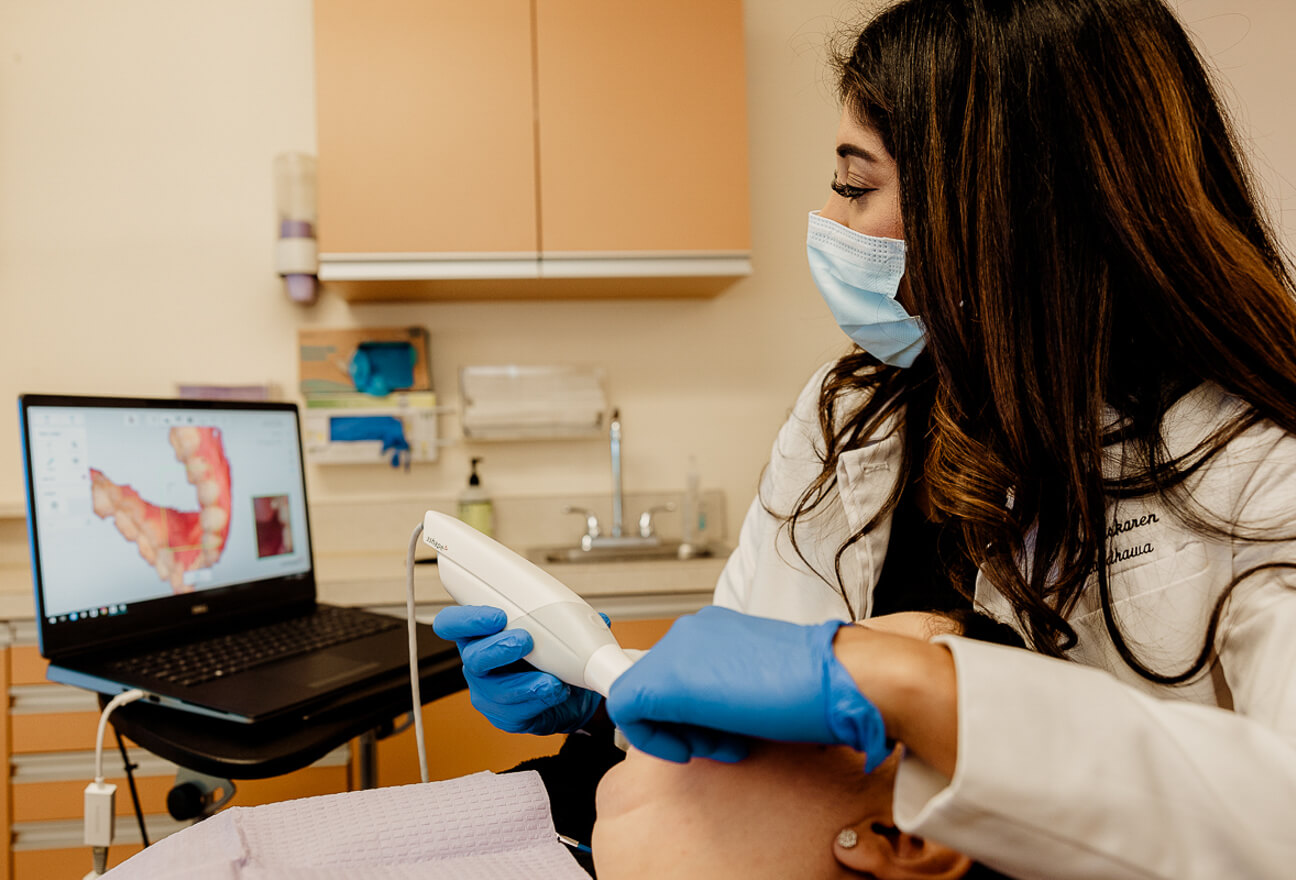
Digital scanners have raised the bar for speed and accuracy in capturing 3D impressions and are often the first touchpoint for incorporating digital dentistry for many practices— from general practitioners to orthodontics to cosmetic specialists and more. Today’s intraoral scanners offer high-precision results and high-speed, intelligent processing, optimizing patient care and expanding treatment options.
The scanner’s output 3D mesh files (.STL), uploaded with software connected to the scanner which is then used to design the restorations and visualize the wax-up—whether in-house or at an external lab.
The History of Intraoral Scanning
Digital scanning was first introduced in 1985 with the CEREC, the first commercially available digital impressioning system. When paired with CAD/CAM milling technology, the CEREC enabled the production of chairside ceramic restorations—pioneering the digital scanning and sophisticated restorations systems we know today. Like other digital technologies—computers, phones, tablets—intraoral scanners have gone through numerous iterations over the years, advancing from 2D black and white scans to full arch 3D scans in under 60 seconds. Today, over 40 intraoral scanners are available on the market, with brands such as iTero, Medit, and 3Shape leading the pack.
CAD/CAM Technology
CAD/CAM software is used to design and manufacture prototypes and finished products. For decades, the manufacturing industry has been using computer-aided design (CAD) and computer-aided manufacturing (CAM) to create a variety of tools, parts, and even automobiles. The field of dentistry first adopted this technology in 1985, which has revolutionized the production of dental restorations and prostheses. Since its early years, CAD/CAM technology has advanced significantly, providing immense benefits to dental professionals and patients alike.
Understanding Digital Dentistry and CAD/CAM Technology
CAD/CAM dentistry is a critical part of the digital lab process, allowing dentists to create complex, accurate restorations quickly and efficiently. Both dental practices and labs use software with CAD/ CAM technology to produce digital night guards, dentures, crowns, bridges, inlays, veneers, and aligner scans to construct an accurate quality product made from high-strength materials.
The digital production method requires less time and effort than traditional lab processes — and can take as little as 45 minutes to a couple of hours, depending on the complexity of the case.
The CAD/CAM process uses an intraoral scanner to digitally create a custom 3D image of the patient’s teeth and gums. Lab technicians and dental professionals use this imaging to design the final restoration. Next, a milling machine shapes the restoration from a single ceramic block. The restoration is then stained or glazed to appear natural, polished for a final finish, and is immediately ready to be placed.
Digital Software and Platform Integration
The real driving force of digital dentistry is its seamless integration; linking equipment, software, and labs to create a highly automated and highly efficient process.
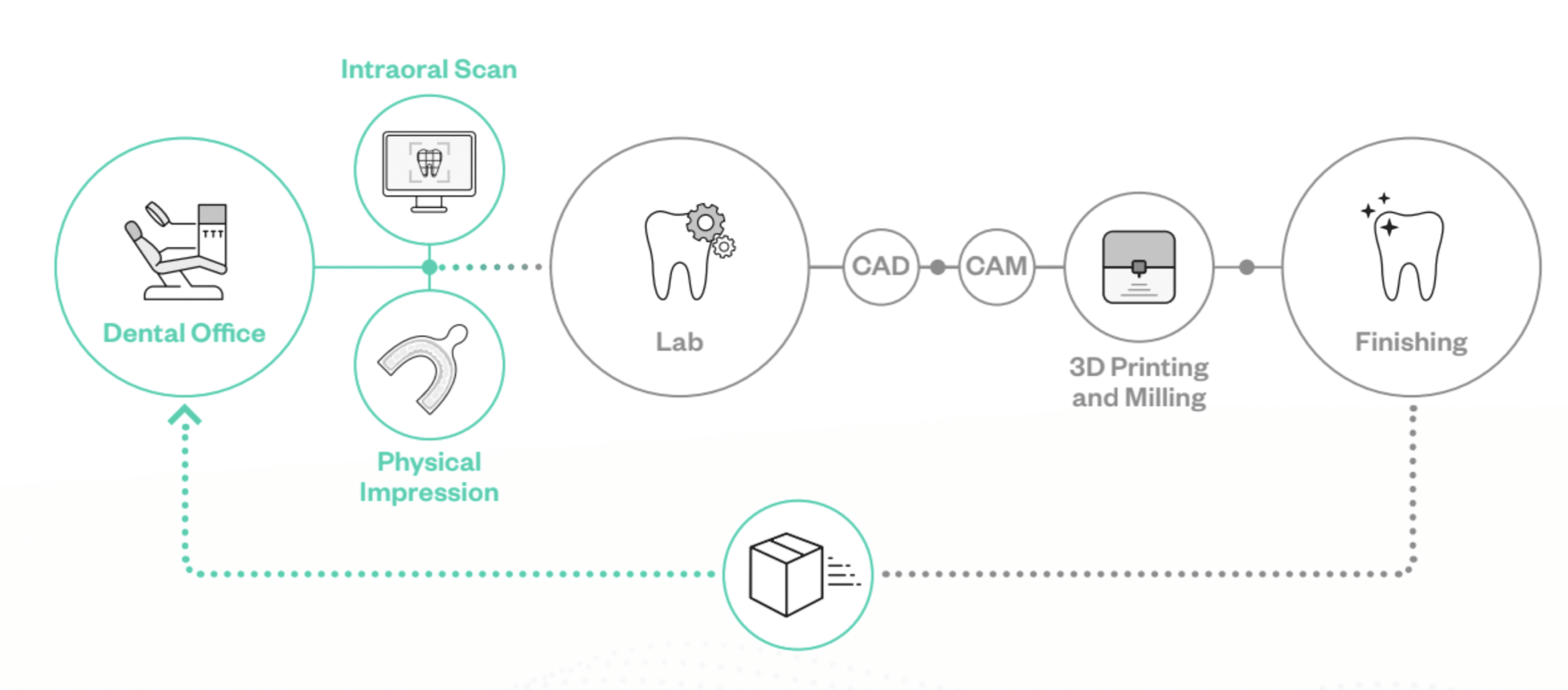
This process enhances overall performance by increasing efficiency and improving communication between the dental practice and its network of preferred partners.
Secure and immediate file sharing enables more in-depth patient consultations and faster order submissions with laboratories, leading to better results and faster turnarounds.
Streamlined workflows and enhanced visual communication beneficially impact the patient experience, leading to an increase in case acceptance and retention. Integrated digital solutions extend to patient-specific products and custom surgical guides, allowing a general dental practice to expand service offerings without requiring an increase in inventory or referring out specialty cases.
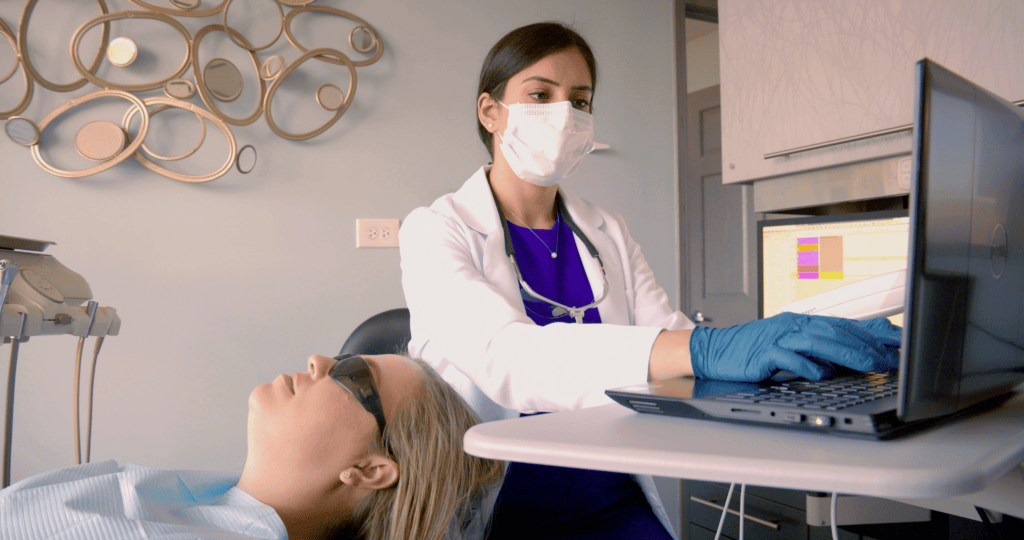
Digital dentistry allows you to relax and do what you do best; care for your patients. And, with all this speed, efficiency, and ease, you could care for so many more, growing your practice in the process.
If you’re waiting for flying cars and cheery robots, you may be waiting for a while.
If you’re waiting to take your practice digital, what are you waiting for?
